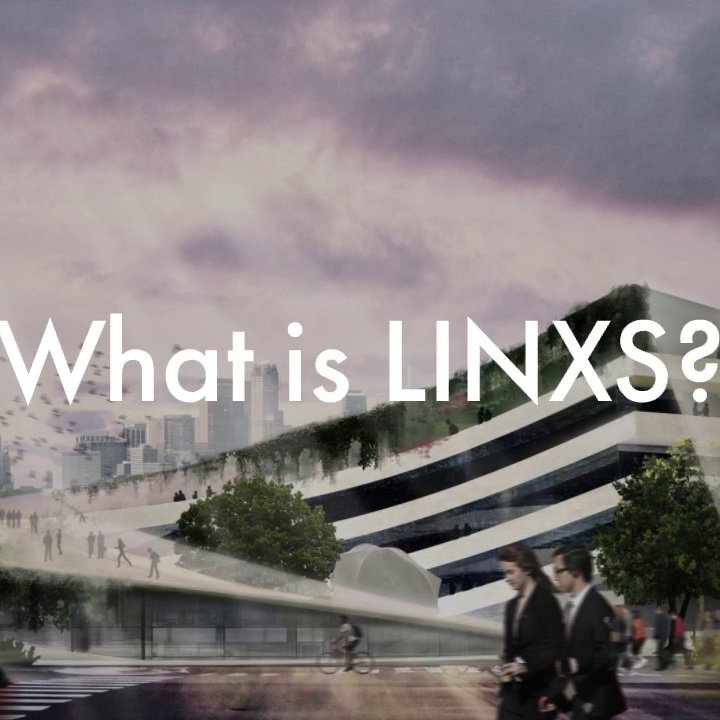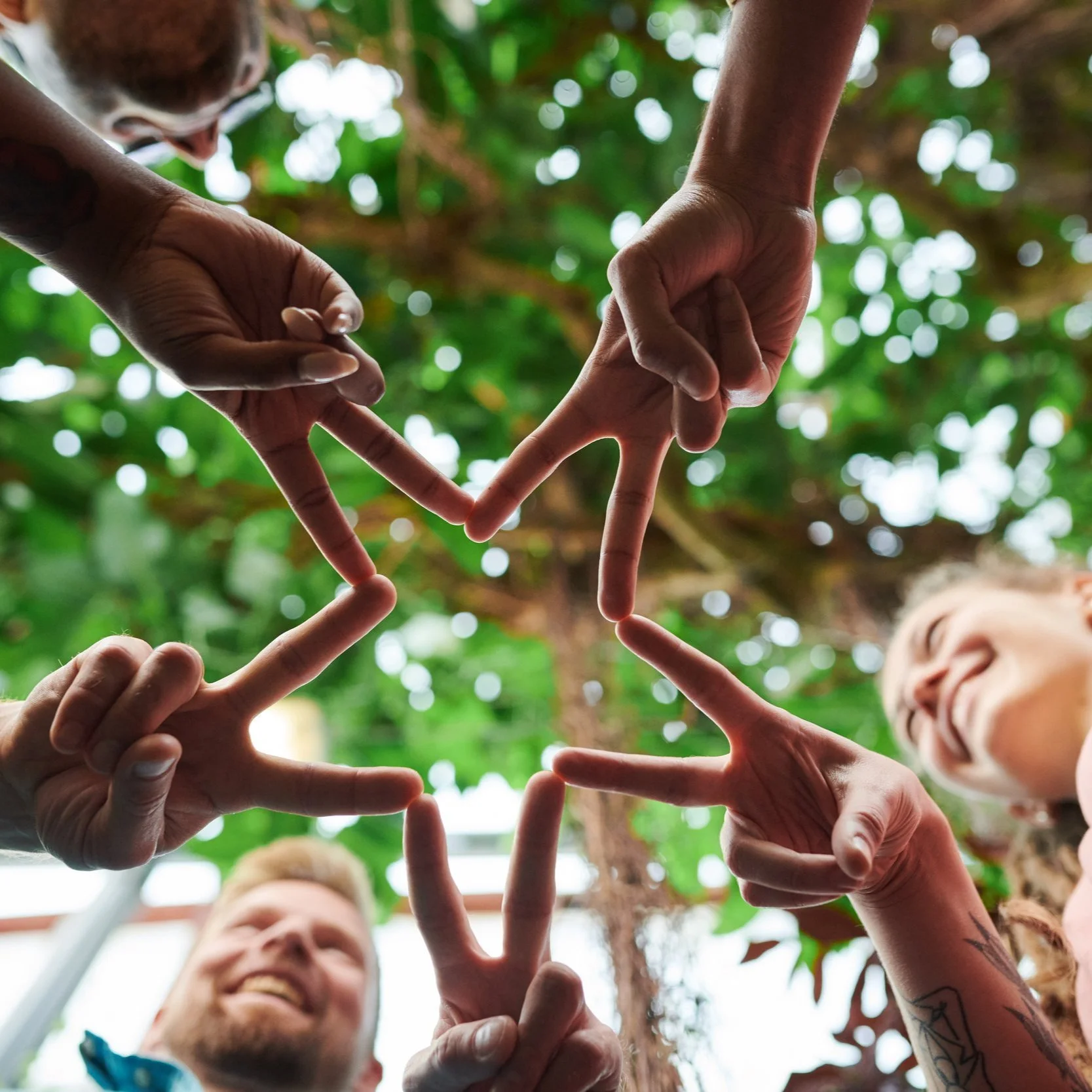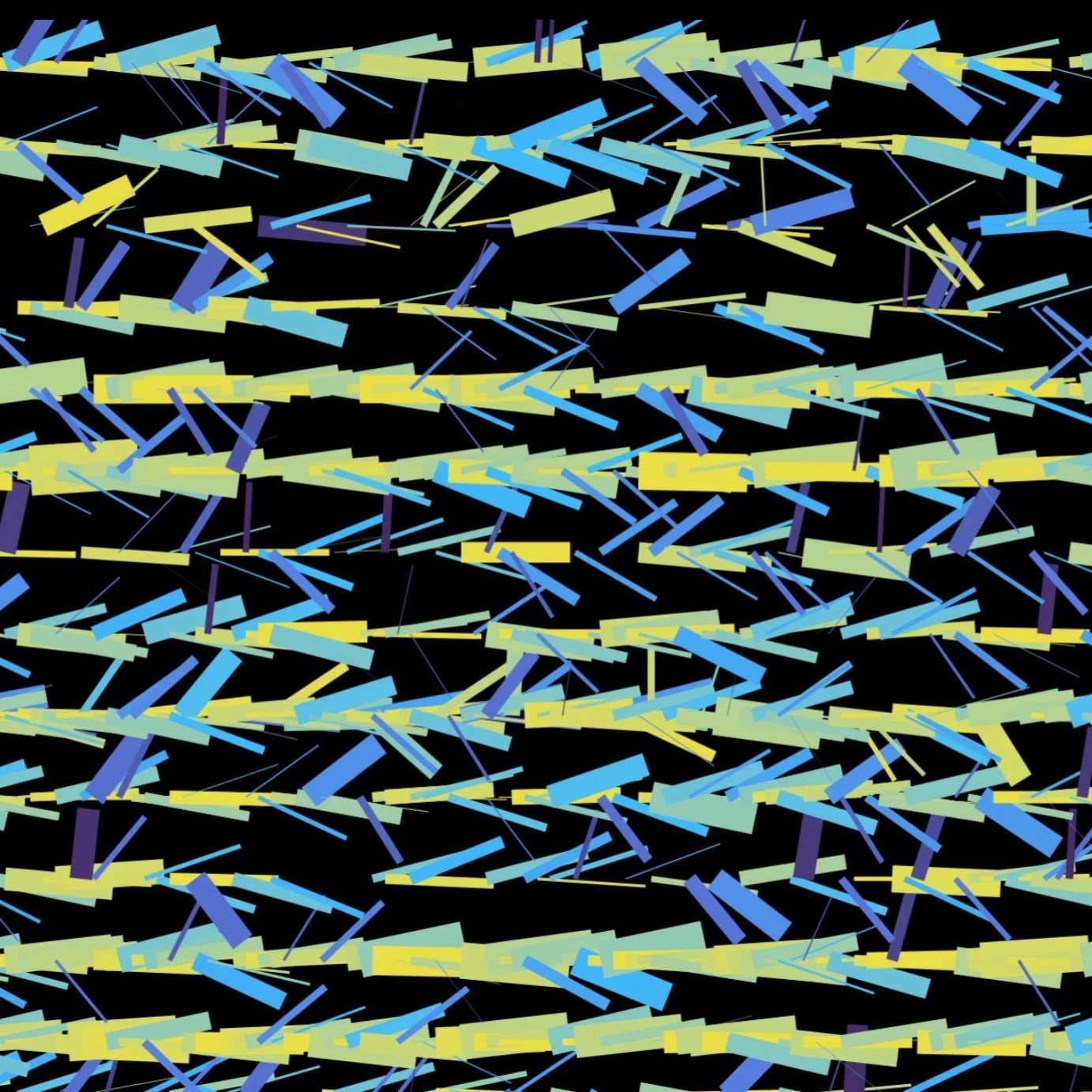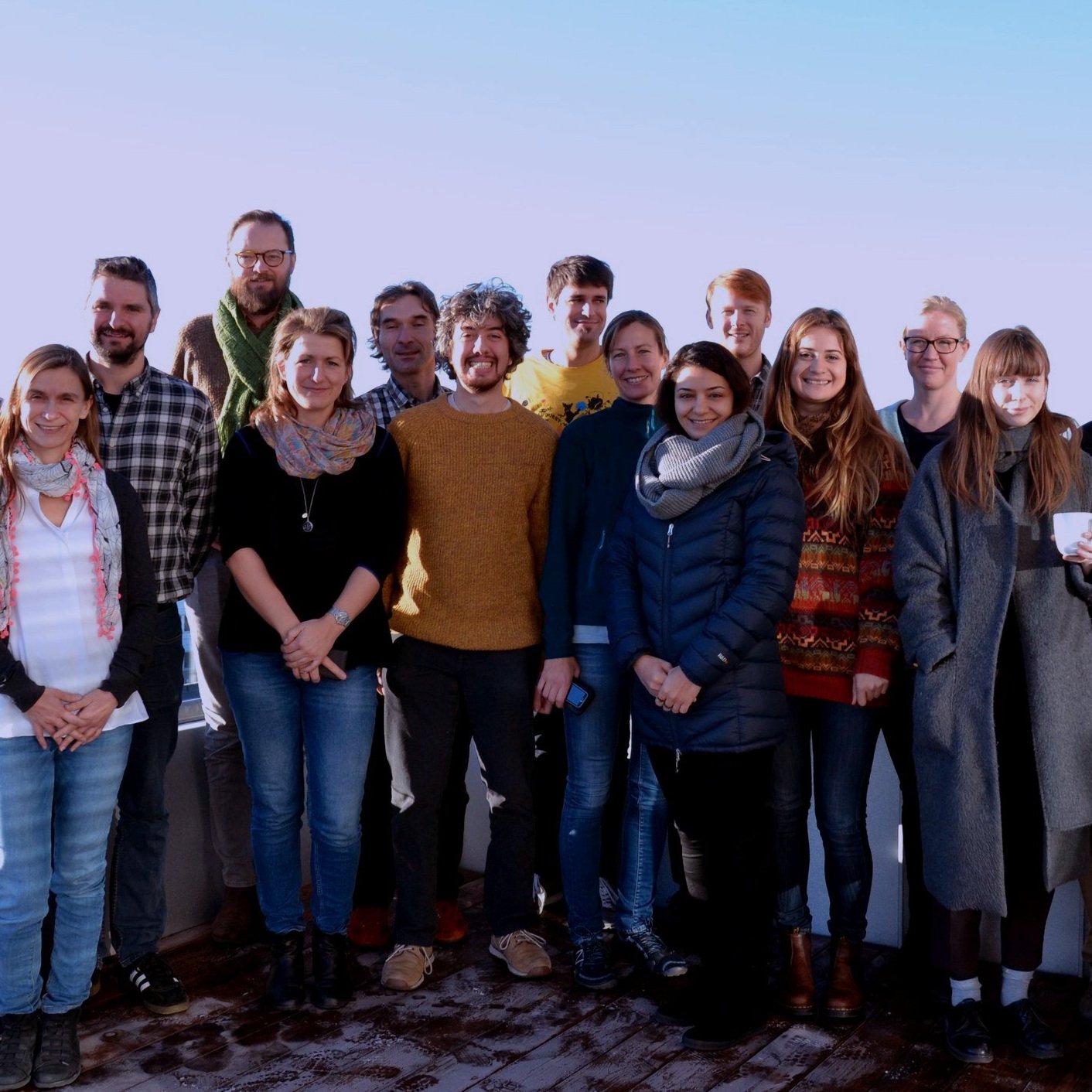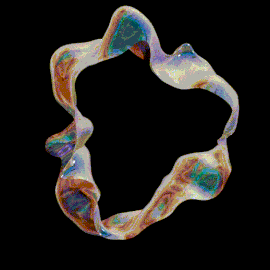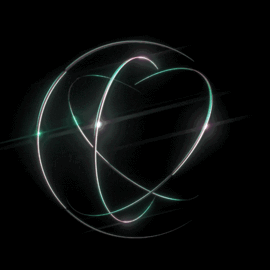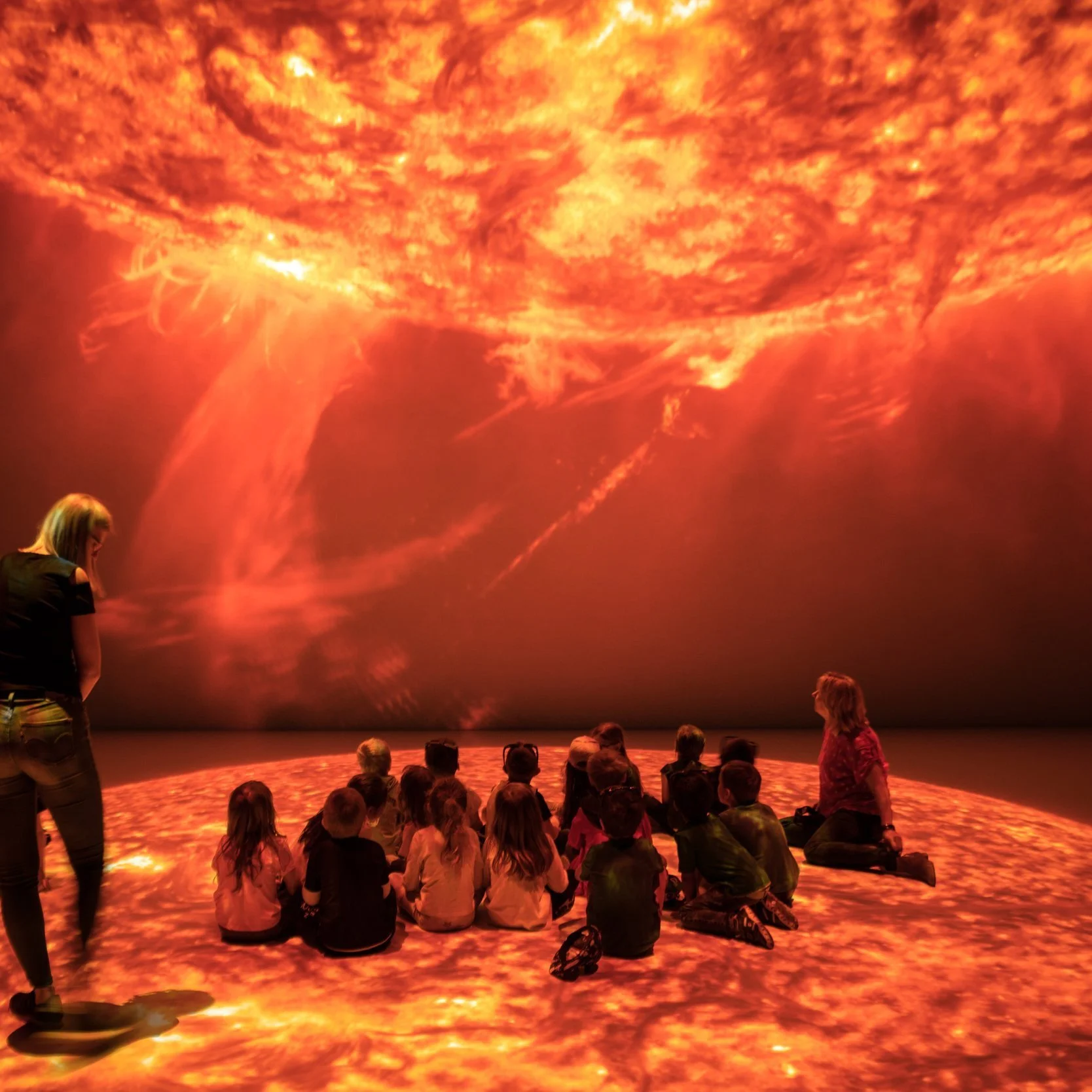The two schools gathered 20 participants each and focused on training new and early users to design, plan, prepare, perform and analyse an X-ray absorption spectroscopy experiment at a synchrotron beamline. XAS can be used within a wide range of scientific areas and serves as an entry point into other complementary techniques.
– More than half of the participants are now active users at MAX IV and other synchrotrons. To me this is a great outcome. It shows that practice coupled with theory on how to plan and prepare an X-ray experiment, really can help researchers getting started.
He emphasizes that the schools, as well as other working group activities, have progressed discussion of complementary techniques for successful beamtime experiments, as well as of sample handling and preparation amongst new and early users. They have also helped identify new approaches for many fields, for example within corrosion, where some participants researching corrosion had never used XAS beforehand.
– I think the biggest lever you can have is to enable people to use new tools to answer scientific problems. That is why I chose an educational approach within the theme. I also believe it is beneficial to host these schools at a place like LINXS, as opposed to a synchrotron, who will have focus on a specific beamline.
Many beamtimes and beamtime applications
Apart from the schools, he notes the new contacts, collaborations and scientific insights as big positives from the theme duration. Through conversations with different researchers attending the theme’s and other LINXS’ activities, he now works with projects he probably wouldn’t have initiated otherwise, such as his current work on Photoelectro Catalysis.
He was also able to collaborate on many beamtime proposals and more than 50 beamtimes as a result of his role as working group leader. They have mainly focused on solvation dynamics.
– LINXS is important both as an intellectual hub and as a physical space. By being present, and being where people can meet you, you open up to new ideas, improved contact and sometimes completely new collaboration.
He continues:
– For me personally, the work at LINXS made me completely change my research direction: from supporting work on molecular systems to now creating a strongly interdisciplinary research environment on Bio-hybrid Photoelectrocatalysis.
LINXS has been an important hub for scientific meetings
Maria Messing, professor at the Division of Solid State Physics, Lund University, who led the Nanostructures and Interfaces working group, also highlights LINXS’ important role as a hub for different scientists, united by their research interest in X-rays and neutrons, to meet.

